In this regular column, every day we look at the most interesting news that revolves around the California company Apple. Here we focus exclusively on the main events and selected (interesting) speculations. So if you are interested in current events and want to be informed about the apple world, definitely spend a few minutes on the following paragraphs.
It could be interest you
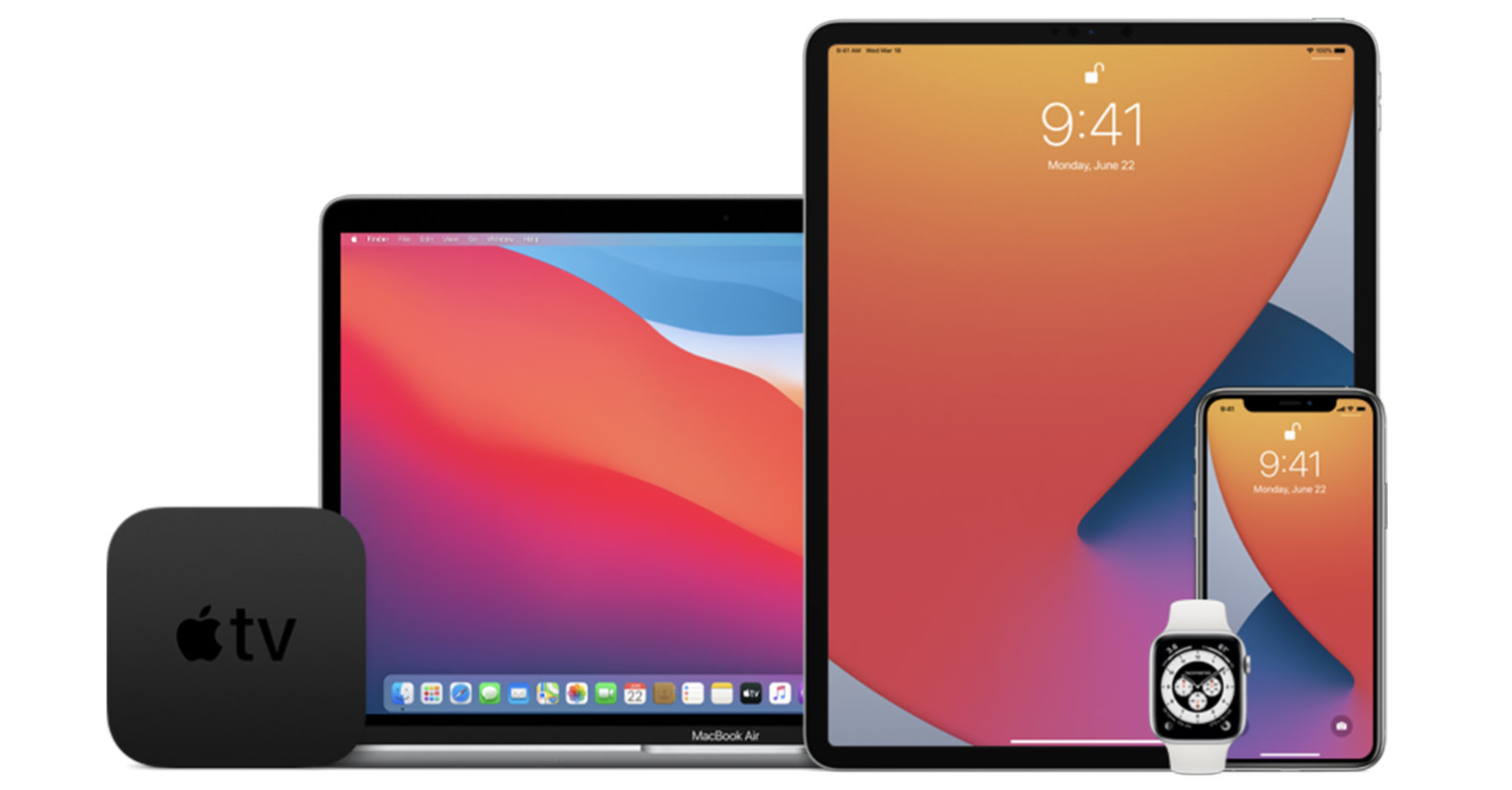
Apple invited developers to test macOS 11 Bug Sur
Earlier this week, a huge event took place in the apple world. The developer conference WWDC 2020 is currently underway, which started with the introductory Keynote, when we saw the introduction of new operating systems. The new macOS 11 with the label Big Sur secured huge attention. It brings huge design changes, a number of great novelties, a new control center and a significantly faster Safari browser. As is customary, immediately after the presentation, the first developer beta versions are released into the air, and Apple itself invites developers to test them. But here someone lost their hand.

The invitation to testing goes to the developers in their e-mail box. According to the latest information, someone at Apple made a nasty typo and wrote Bug Sur instead of macOS 11 Big Sur. This is a really funny incident. Word bugs namely, in computer terminology, it refers to something non-functional, something that does not work as it should. However, it is necessary to mention that the letters U and I on the keyboard are located right next to each other, which makes this error quite acceptable. Of course, another question is brought into the discussion. Was this an intentional incident by one of the employees of the Californian giant, who wants to indicate to us that the new macOS 11 is definitely not reliable? Even if this was the true intention, it would be a lie. We test the new systems in the editorial office and we are surprised at how well the systems work - considering that these are the first developer beta versions. What do you think about this typo?
iOS 14 has added support for Xbox controllers
Of course, during the aforementioned WWDC 2020 keynote, there was also talk about the new tvOS 14, which was confirmed to receive support for the Xbox Elite Wireless Controls Series 2 and the Xbox Adaptive Controller. Of course, the conference does not end with the opening presentation. On the occasion of yesterday's workshops, it was announced that the mobile system iOS 14 will also receive the same support. Another huge advantage in terms of playing games is also aimed at iPadOS 14. In its case, Apple will allow developers to add control options for the keyboard, mouse and trackpad, which will again facilitate the overall gaming experience.
Apple Silicon changes the Recovery feature
We will stay at WWDC 2020. As you all know, we saw the introduction of one of the most fundamental milestones in the history of Apple, or rather the introduction of a project called Apple Silicon. The Californian giant intends to abandon processors from Intel, replacing them with its own ARM chips. According to a former Intel engineer, this transition began with the arrival of Skylake processors, which were exceptionally bad, and at that moment Apple realized that it would need to replace them for future growth. On the occasion of the lecture Explore the New System Architecture of Apple Silicon Macs we learned more information related to the new apple chips.
The Apple Silicon project will change the Recovery function, which Apple users mainly use when something happens to their Mac. Currently, Recovery offers several different functions, each of which you have to access through a different keyboard shortcut. For example, you have to press ⌘+R to turn on the mode itself, or if you want to clear the NVRAM, you have to press ⌥+⌘+P+R. Fortunately, that should change soon. Apple is about to simplify the whole process. If you have a Mac with an Apple Silicon processor and you hold down the power button while turning it on, you will go straight into Recovery mode, from where you can solve all the essentials.
It could be interest you
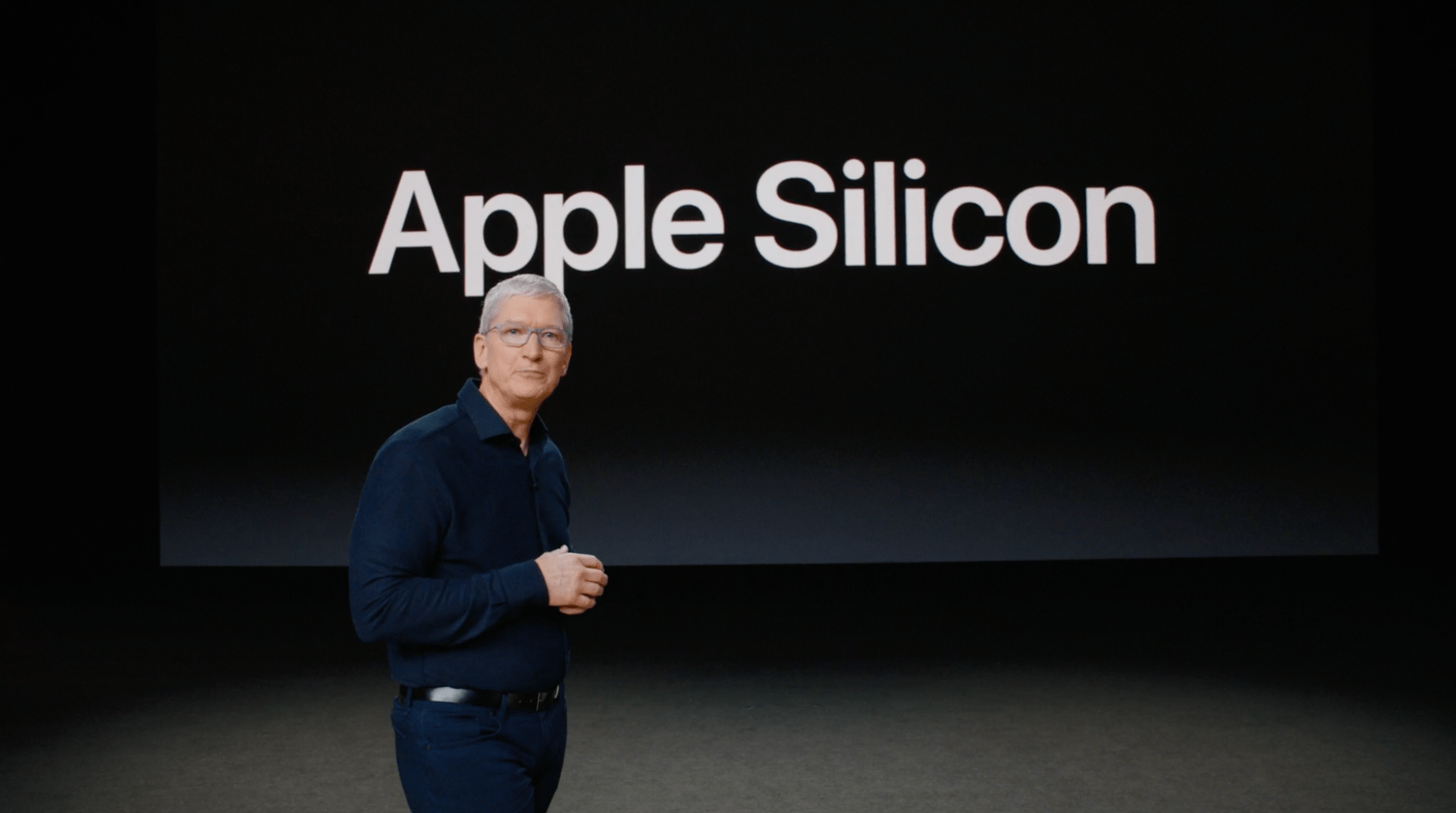
Another change affects the Disk Mode feature. It currently works rather complicatedly, allowing you to turn your Mac into a hard drive that you can use when working with another Mac using a FireWire or Thunderbolt 3 cable. Apple Silicon will completely remove this feature and replace it with a more practical solution where the Mac will allow you to switch to shared mode. In this case, you will be able to access the device through the SMB network communication protocol, which means that the Apple computer will behave like a network drive.
- Source: CNET, MacRumors a Apple Developer
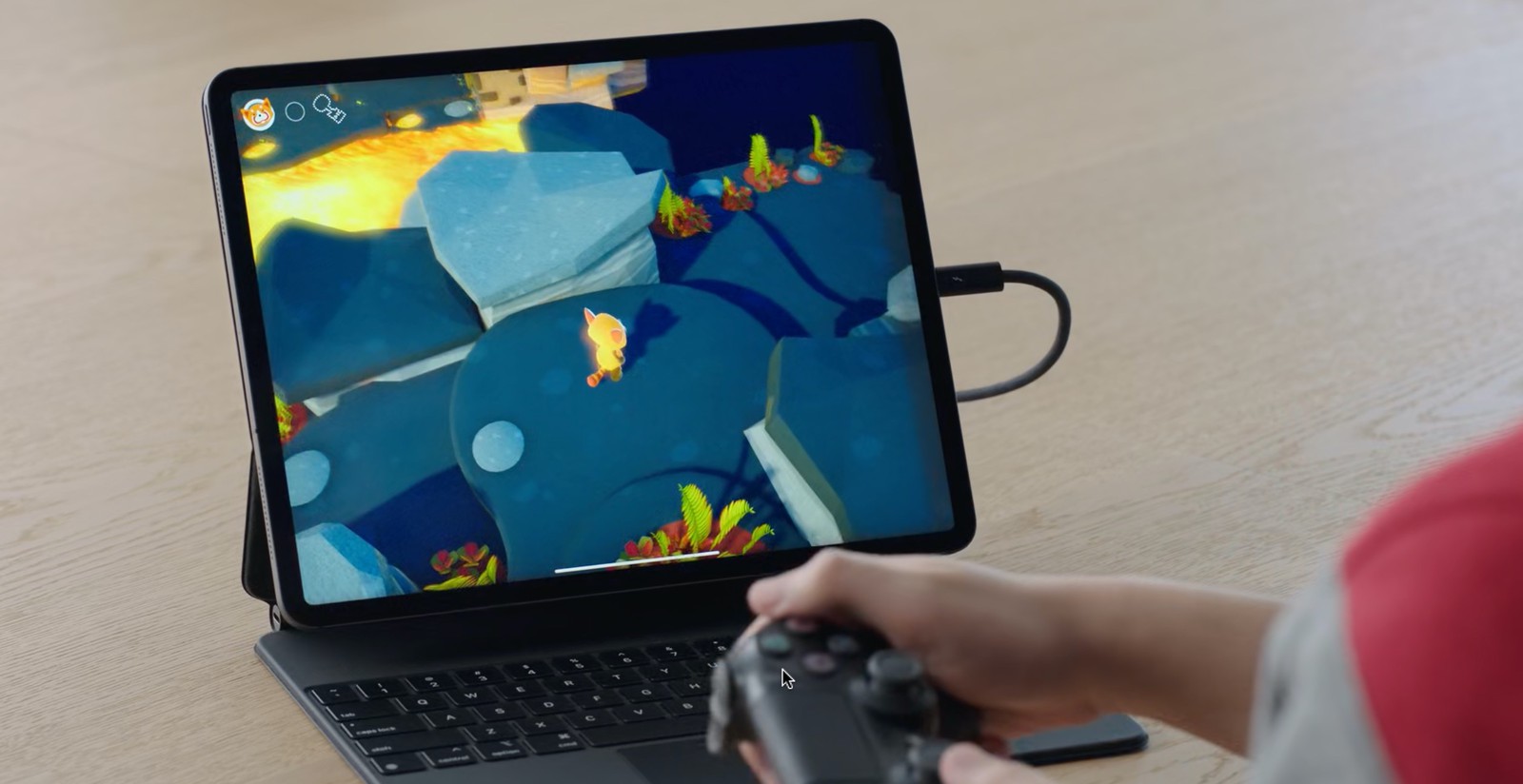
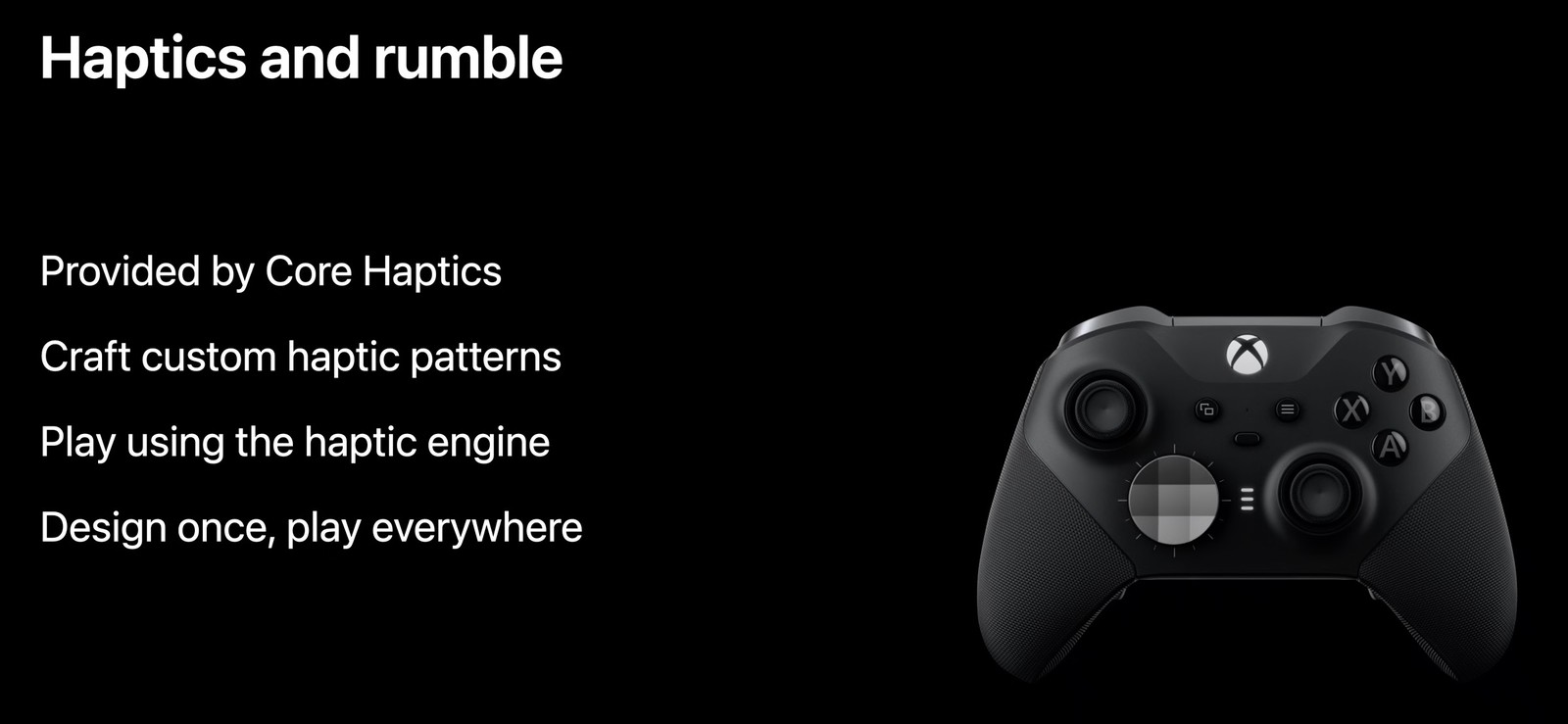
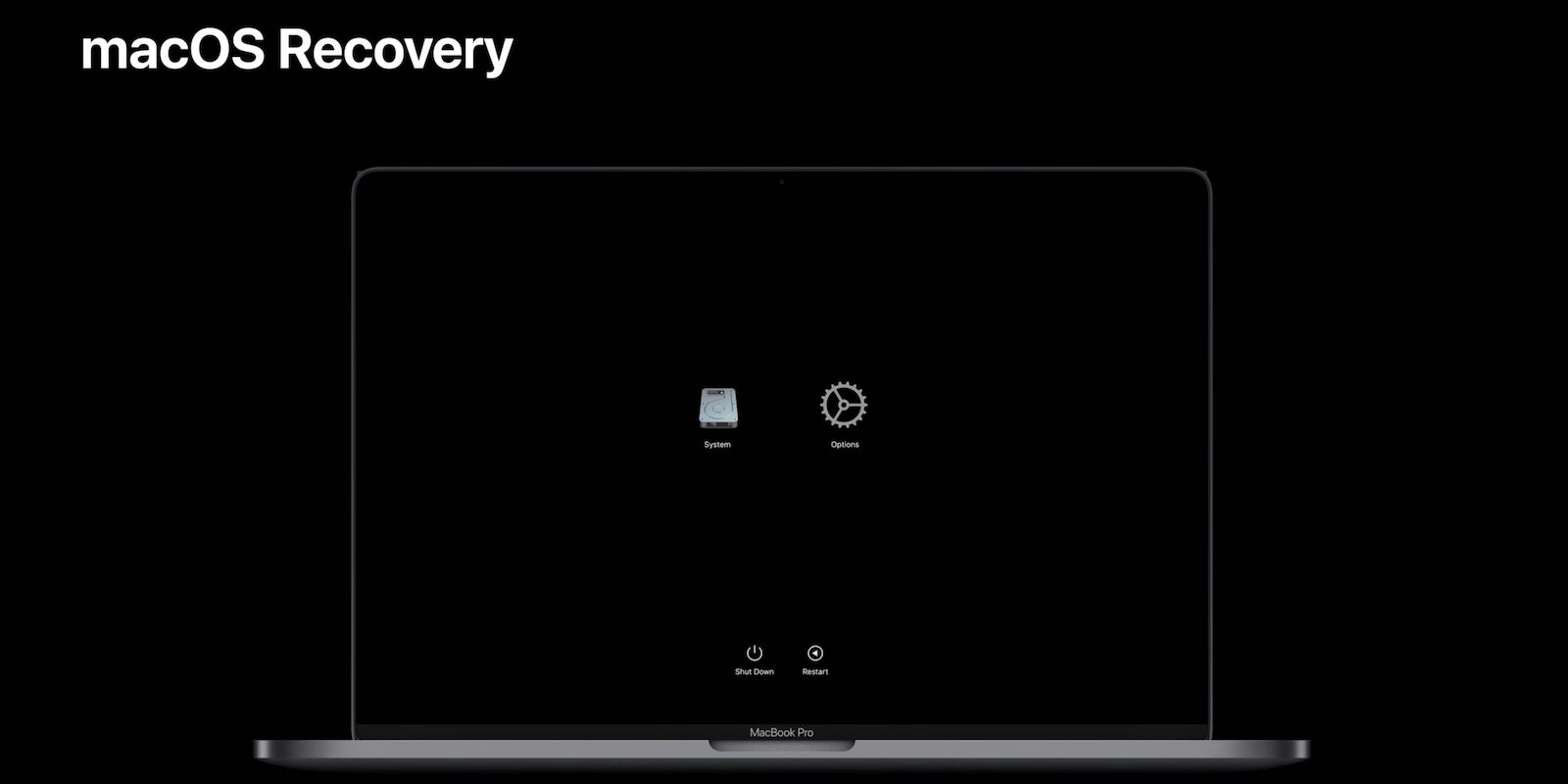
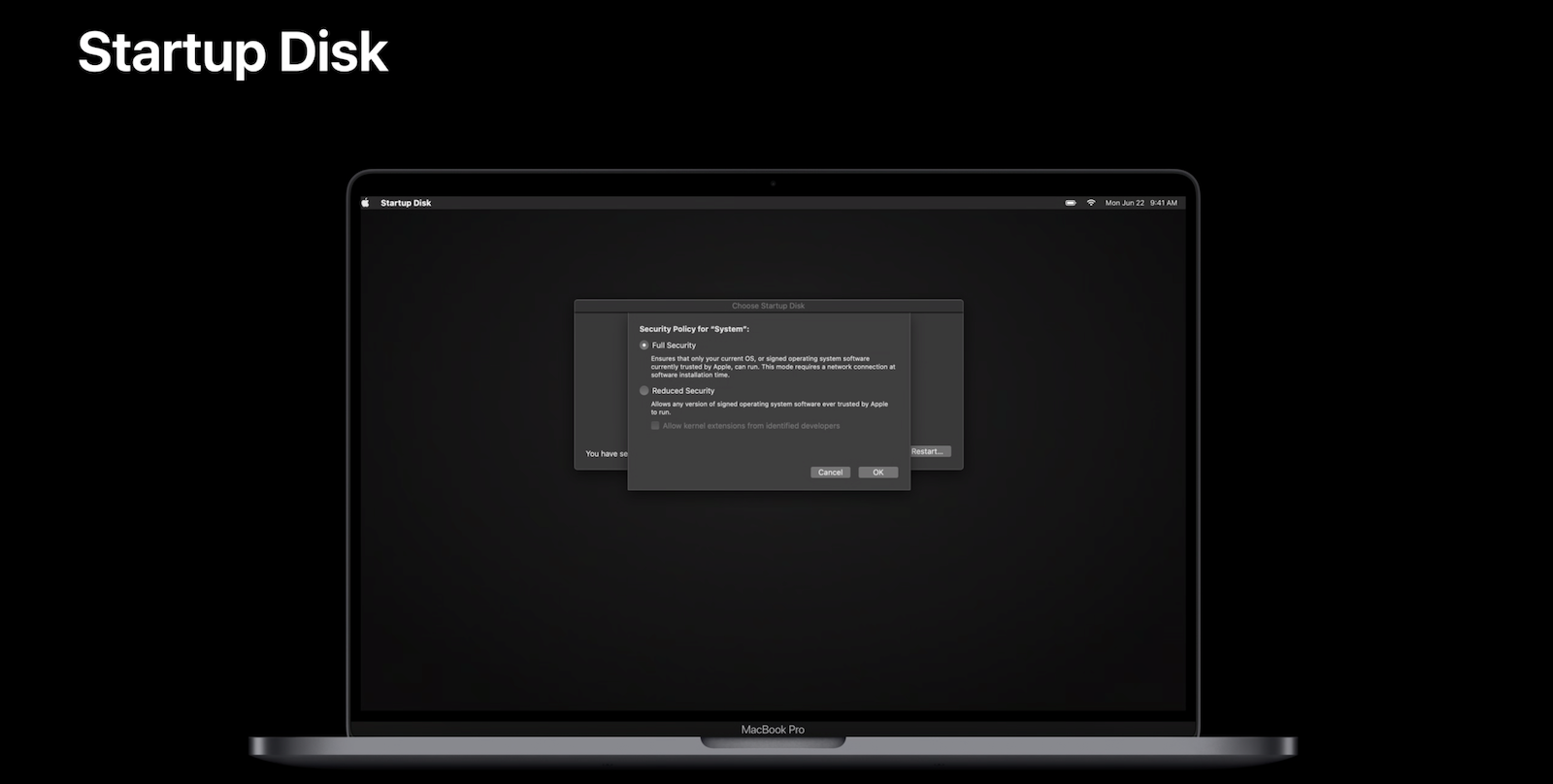
the so-called "Sur" bug :-D